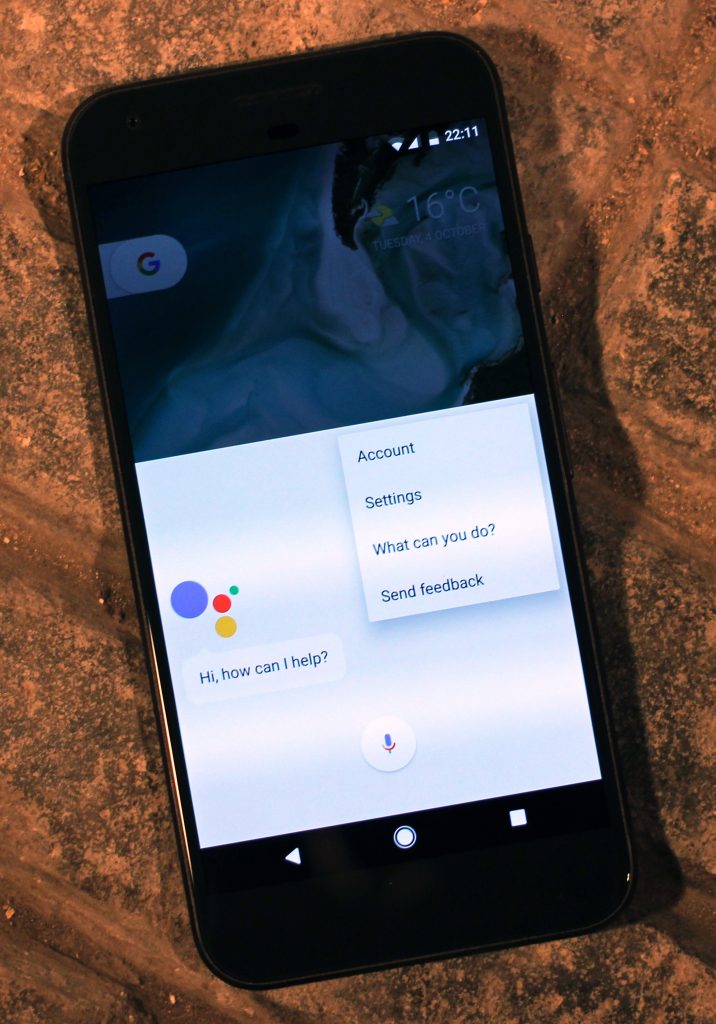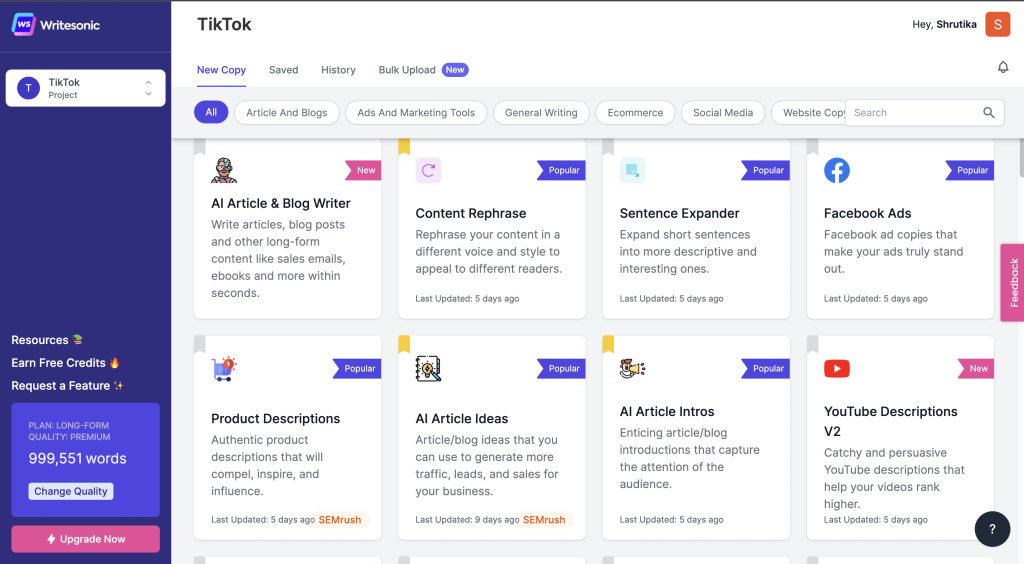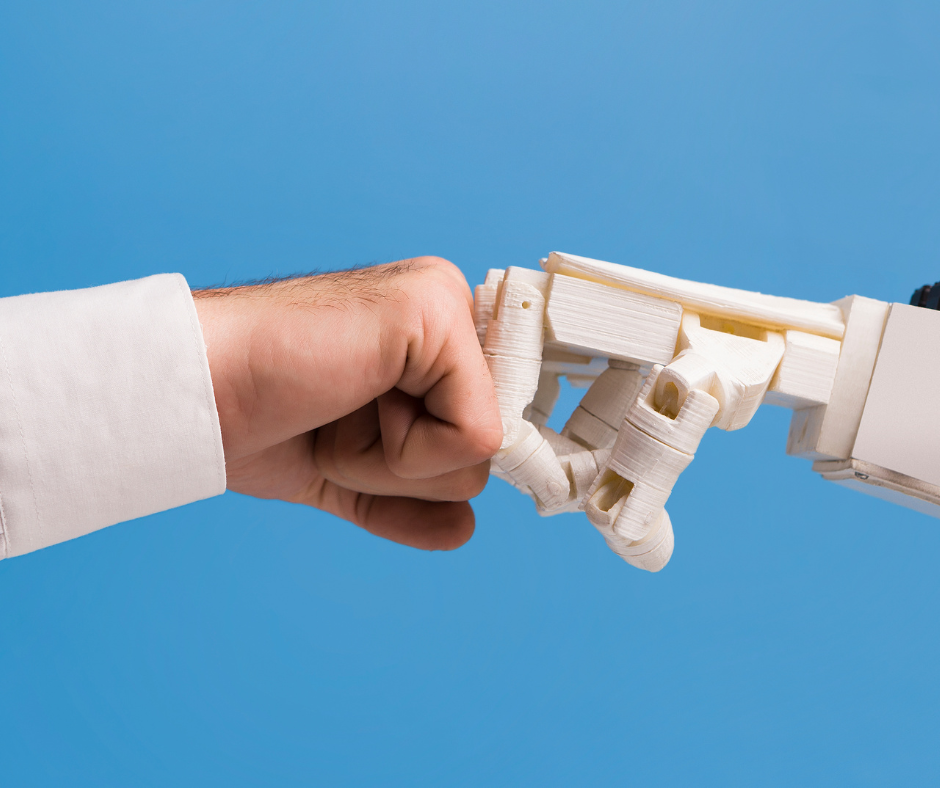
Writing used to be a total pain, but thanks to AI writing apps, things have gotten a whole lot easier. These tools are a game-changer, allowing writers to produce top-notch content in record time.
And what’s the secret behind these amazing tools, you ask? It’s machine learning, my friend. Machine learning algorithms analyze enormous amounts of data and use that knowledge to create intelligent, context-aware writing. Without machine learning, these tools would be pretty limited and not nearly as adaptive.
What is Machine Learning?
So, what exactly is machine learning anyway? It’s a type of artificial intelligence that involves teaching algorithms to identify patterns and make predictions based on data. Instead of explicitly programming code to perform specific tasks, machine learning algorithms learn and improve over time.
Believe it or not, machine learning has been around since the 1940s and 1950s. But it wasn’t until the 1980s and the development of neural networks that things really started to pick up! Today, machine learning is a rapidly growing and evolving field that is making huge strides.
What Can Machine Learning Do?

And what can machine learning do? A whole lot, my friend. It has countless applications in various industries, including data analysis, natural language processing, speech recognition, image recognition, and more. It can even be used for automating decision-making processes and making predictions.
In fact, machine learning is all around us. It’s the reason we get personalized recommendations on Netflix and why our phones have virtual assistants. It’s even used in healthcare to analyze medical data and predict patient outcomes. It’s truly transforming industries left and right, from finance to manufacturing to transportation. In finance, it’s used to detect fraud and analyze risk, in manufacturing, it’s used to optimize production processes and reduce waste, and in transportation, it’s being used to develop self-driving cars and improve traffic flow.
AI, Machine Learning, Deep Learning – What’s the Difference?
Ever wondered what the difference is between AI, machine learning, and deep learning? Well, wonder no more! Let’s dive in and explore the nuances of each.
First off, AI refers to machines that can perform tasks that typically require human intelligence, such as recognizing objects or understanding language. Machine learning is a subset of AI that involves training algorithms to learn patterns and make predictions based on data. And deep learning is a subset of machine learning that involves training artificial neural networks to recognize patterns in large datasets.
While these terms are related, they are not interchangeable. AI is a broader term that encompasses machine learning and other techniques. Machine learning is a specific type of AI that involves algorithms learning patterns and making predictions based on data. And deep learning is a specific type of machine learning that involves training neural networks to recognize patterns in large datasets.
Types of Machine Learning Algorithms

Now that we understand the differences between AI, machine learning, and deep learning, let’s take a closer look at the different types of machine learning algorithms.
Supervised learning involves using labeled training data to help the algorithm learn patterns and make predictions. Think speech recognition, image recognition, or natural language processing. Unsupervised learning, on the other hand, involves the algorithm identifying patterns in unlabeled data. It’s great for tasks like customer segmentation or anomaly detection. Lastly, reinforcement learning enables an algorithm to learn through interaction with its environment and feedback in the form of rewards or penalties. This type of machine learning is commonly used in robotics and gaming applications.
How AI Writing Apps Work with Machine Learning Algorithms
When it comes to generating content, AI writing apps rely on the power of machine learning algorithms. These algorithms are what allow the software to analyze patterns in writing and create content that is often comparable to that of humans. And that’s where natural language processing (NLP) and deep learning come into play. NLP helps the AI analyze the text and understand its meaning, while deep learning helps the algorithm recognize patterns and make predictions based on those patterns.
Some of the most popular AI writing apps that utilize machine learning algorithms include GPT-3, BERT, and OpenAI’s GPT-2. These tools leverage large datasets to train their algorithms, which in turn allows them to generate content that is oftentimes difficult to distinguish from content written by humans.
How Do Machine Learning Algorithms in AI Software Learn?

Machine learning algorithms “learn” by analyzing extensive datasets and identifying patterns. These patterns are then used to create predictions or generate new content. As the algorithm continues to analyze more data and identify new patterns, its performance improves over time.
Training datasets are a critical component of machine learning algorithms. The quality and size of the dataset have a direct impact on the algorithm’s performance. As the dataset grows in size and complexity, the machine learning algorithm has the potential to generate more accurate and sophisticated content. It’s truly remarkable how these algorithms continue to learn and improve their output as they analyze more data.
How to Spot Writing Generated by Machines
So, you want to know if something was written by a machine? It’s not always easy, but there are a few tricks you can use. Start by looking for patterns in the writing, like repetitive phrases or sentence structures. Machine-generated content can sometimes be inconsistent or contain errors, so keep an eye out for those too. And pay attention to the writing style and tone – is it too formal or too casual for the topic at hand? These clues can help you determine if the writing was generated by a machine.
The Best AI Writing Apps That Make Your Writing Life Easier

Looking for ways to take your writing to the next level? AI writing apps that use machine learning are the way to go! These tools can help you generate high-quality content in no time, freeing up your schedule for other tasks.
The top dog in the field is OpenAI’s GPT-3, which can produce text that is virtually indistinguishable from human-written content. But don’t stop there! Other popular options include Copy.ai, Writesonic, and Articoolo, all of which use natural language processing and machine learning algorithms to generate content tailored to your specific needs.
But hold your horses, there are a few drawbacks to these tools. Some users have noticed that the generated content can be repetitive and lack coherence, which can make it hard to use. Additionally, there are concerns about the potential for AI-generated content to spread misinformation or bias. However, these tools remain popular among content creators who want to streamline their writing process and focus on the creative aspects of their work.
The Bright Future of AI Writing Apps

As the algorithms of machine learning get better and better, the future of AI writing apps is looking pretty bright. One area where we could see some real growth is in personalized content generation. That’s where the algorithms of AI can analyze all kinds of user data and then generate content that’s tailored to meet the specific needs and interests of each user.
Another area where we’re likely to see some impressive advancements is in the field of natural language processing. That’s where the algorithms of machine learning can learn to understand and respond to human language in a way that’s far more nuanced and sophisticated than what we’ve seen before. And if that happens, we could be looking at some AI-generated content that sounds more natural and human-like than ever before.
Of course, as with any new technology, there are some people who have concerns. For example, some people are worried about the potential impact that AI writing apps could have on the job market. Others are concerned about the quality of the content that these tools will produce. But many experts believe that AI tools will ultimately serve to augment human creativity and improve the writing process, rather than replace human writers altogether.
Conclusion
To sum things up, machine learning is an essential part of AI writing apps, and it’s what enables these tools to generate high-quality content quickly and efficiently. From deep learning to natural language processing, machine learning algorithms are driving innovation in the field of content creation and changing the way we think about writing.
Yes, there are certainly some challenges and ethical considerations that we need to be aware of. But the benefits of AI writing apps are clear. They can save time, improve the writing process, and help writers create content that really speaks to their audience.
So whether you’re a seasoned professional writer or just starting out, why not give an AI writing tool a spin and see how it can enhance your writing process? With the continuous advancements in machine learning and AI, the possibilities for content creation are limitless.